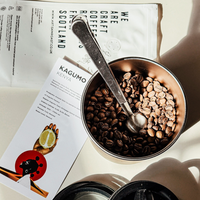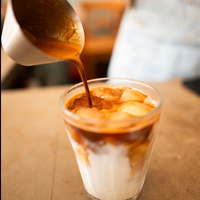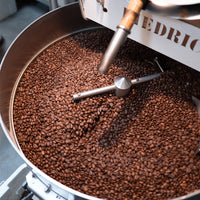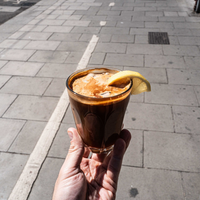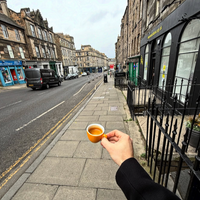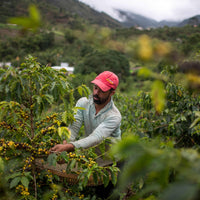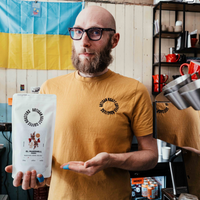Exploring the Science Behind Paper Filters and Coffee Brewing
When it comes to brewing the perfect cup of coffee, the focus often falls on the quality of the beans, the grind size, and the brewing method. However, one critical component that often goes unnoticed is the paper filter. The choice of paper filter – its producer, thickness, and texture – can significantly influence the flavour profile of your coffee. In this blog, we’ll delve into how these variables affect your brew and help you make more informed choices for your next cup.
The Role of Paper Filters
Paper filters serve a crucial role in the brewing process by trapping coffee grounds and allowing the liquid to pass through. This simple mechanism affects not only the clarity and body of the coffee but also its overall flavour. Let's explore how different aspects of paper filters can impact your brew.
Producer Variability
Different brands of paper filters can vary in quality and manufacturing processes, which in turn influence the taste of your coffee. Here are a few notable differences:
Bleached vs. Unbleached
Bleached filters are whitened using oxygen or chlorine. While some argue that bleached filters impart less paper taste to the coffee, others prefer unbleached filters for their more natural and environmentally friendly production process.
Material Quality
Higher quality filters often have a more consistent weave, which helps in achieving a uniform extraction. Brands like Hario and Chemex or CAFEC are known for their high-quality paper filters that are specifically designed for their brewing systems.
Thickness Matters
The thickness of the paper filter plays a significant role in determining the brew’s final taste:
Thicker Filters
Thicker filters, such as those from Chemex, tend to remove more oils and fine particles, resulting in a cleaner cup with brighter flavours and higher clarity. This can be particularly beneficial for lighter roasts where you want to highlight the nuanced flavours.
Thinner Filters
Thinner filters, like those used in Hario V60, allow more oils to pass through, which can lead to a fuller body and richer mouthfeel. This is often preferred for darker roasts where the oils contribute to a deeper, more robust flavour profile.
Texture and Pore Size
The texture and pore size of paper filters can affect how quickly water passes through the coffee grounds, impacting extraction and flavor:
Fine Texture
Filters with a finer texture can slow down the water flow, leading to a longer extraction time. This can enhance the extraction of flavours and aromas, but also increases the risk of over-extraction if not carefully managed.
Coarse Texture
Filters with a coarser texture allow for a faster flow rate, which can result in a lighter body and less extraction of bitter compounds. This is ideal for those who prefer a more delicate and subtle coffee experience.
Why CAFEC TH-3 Filters
CAFEC TH-3 filters stand out in the market for several reasons:
Perfect Balance: The CAFEC TH-3 filters strike an ideal balance between thickness and texture. They are designed to provide the right flow rate, ensuring optimal extraction without over-extracting the coffee.
Enhanced Flavour Clarity: The unique structure of these filters enhances flavour clarity by effectively trapping fine particles while allowing essential oils to pass through. This results in a clean, bright cup with a well-rounded flavour profile.
High-Quality Materials: Made from premium, environmentally friendly materials, CAFEC TH-3 filters are not only better for your coffee but also better for the planet.
-Consistency: With a uniform and consistent weave, these filters ensure that each brew is consistent in quality, providing a reliable and enjoyable coffee experience every time.
Practical Tips for Choosing the Right Filter
- Experiment: Try different brands and types of filters to see which one complements your coffee beans and brewing method the best.
Consider the Roast: Match the filter to the roast level. Thicker filters for light roasts and thinner filters for dark roasts can help you achieve the desired flavour profile.
Pre-rinse: Always pre-rinse your paper filters with hot water before brewing to remove any potential paper taste and ensure optimal performance.
Happy brewing!






